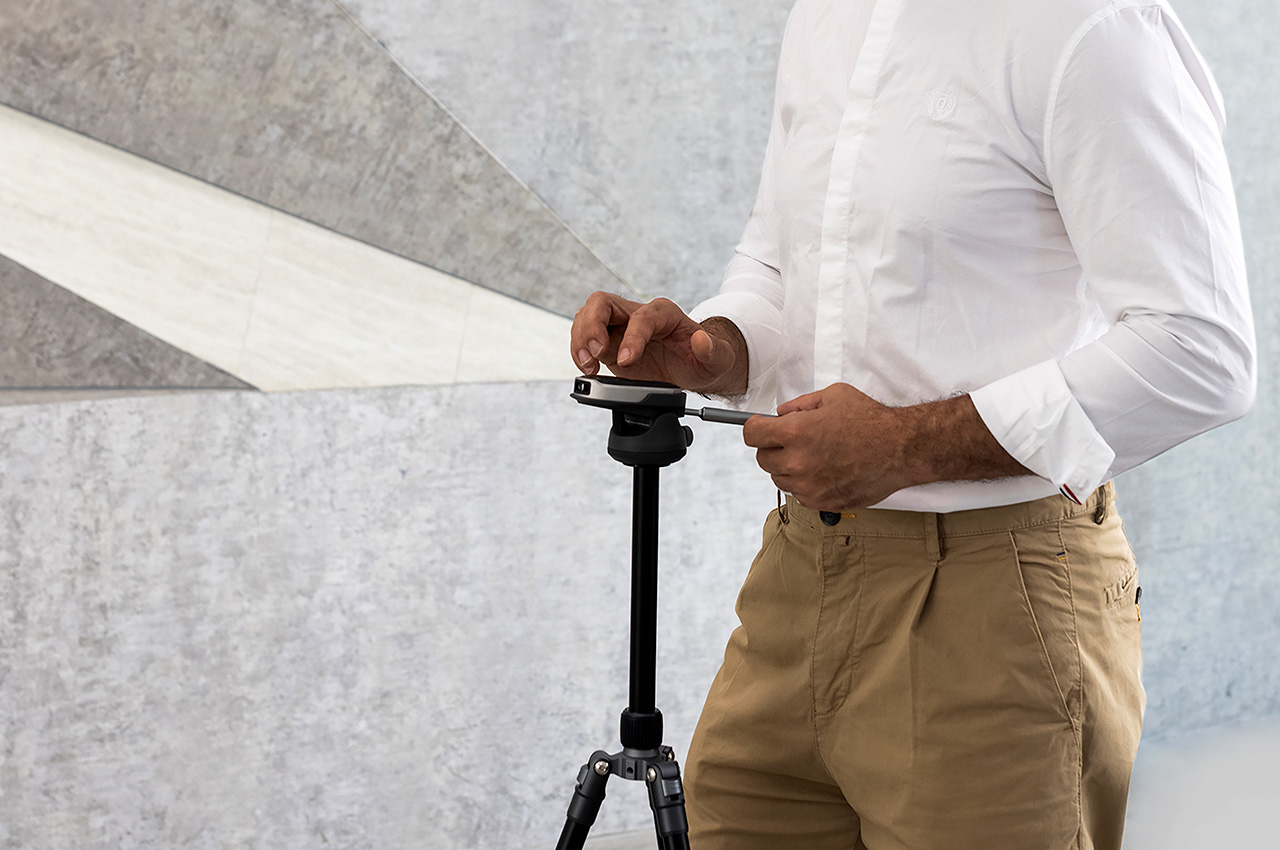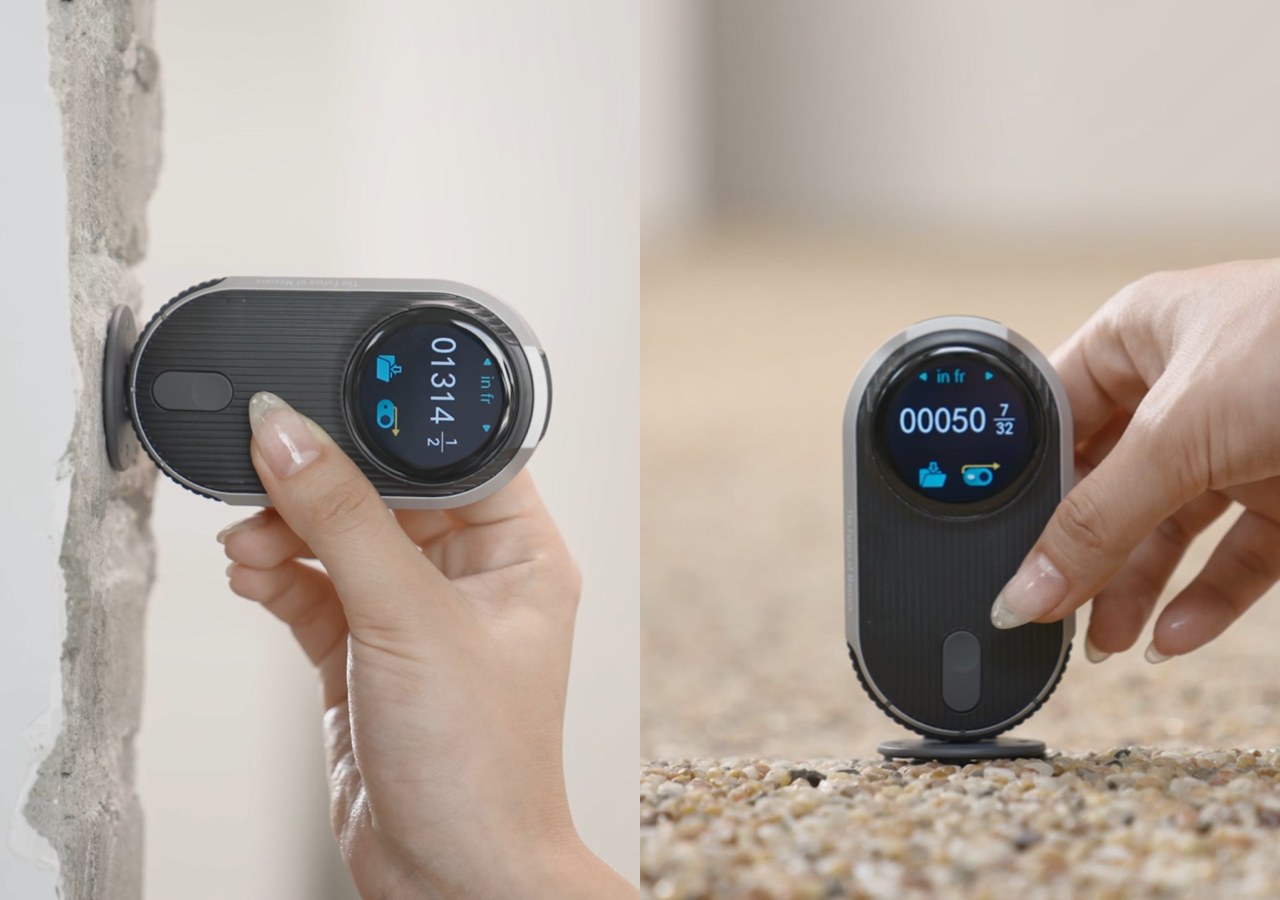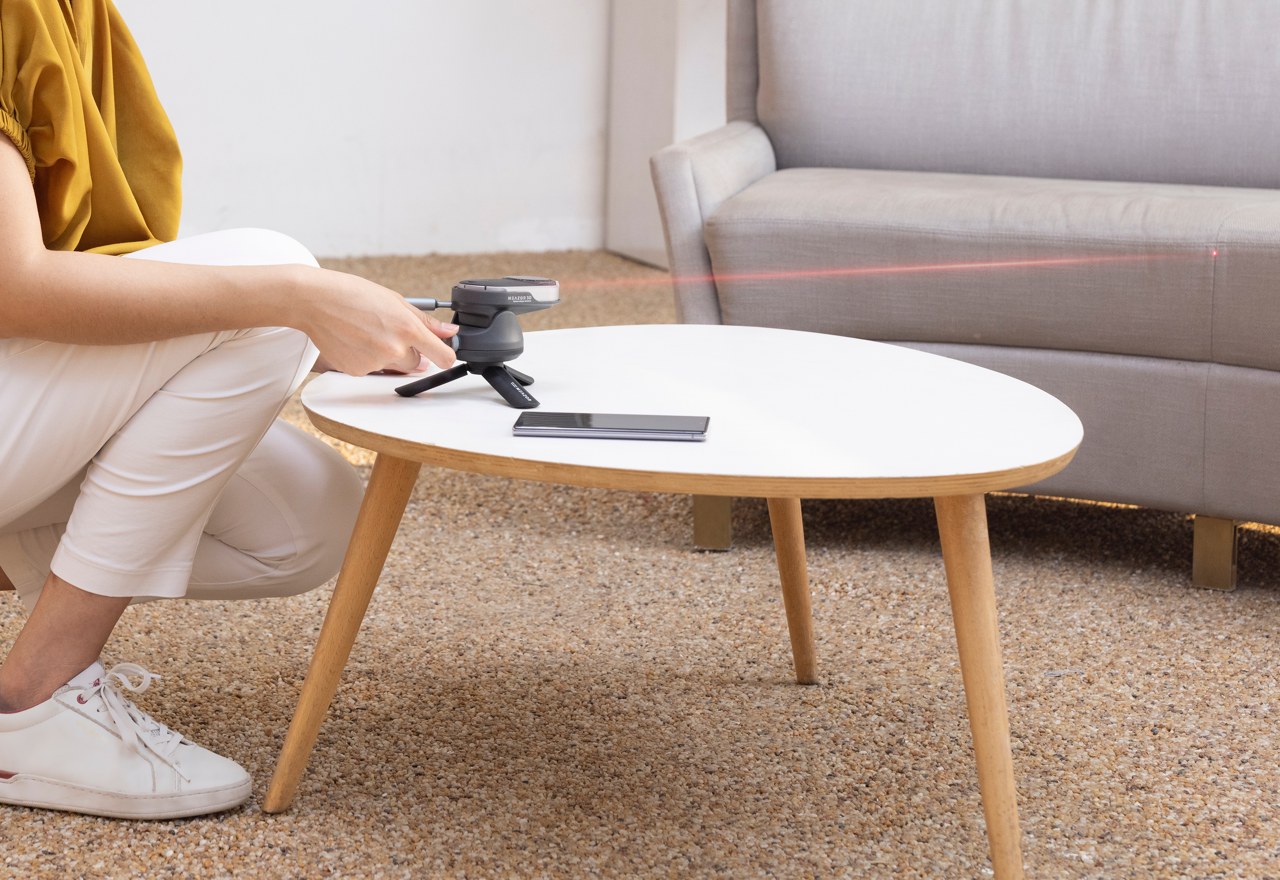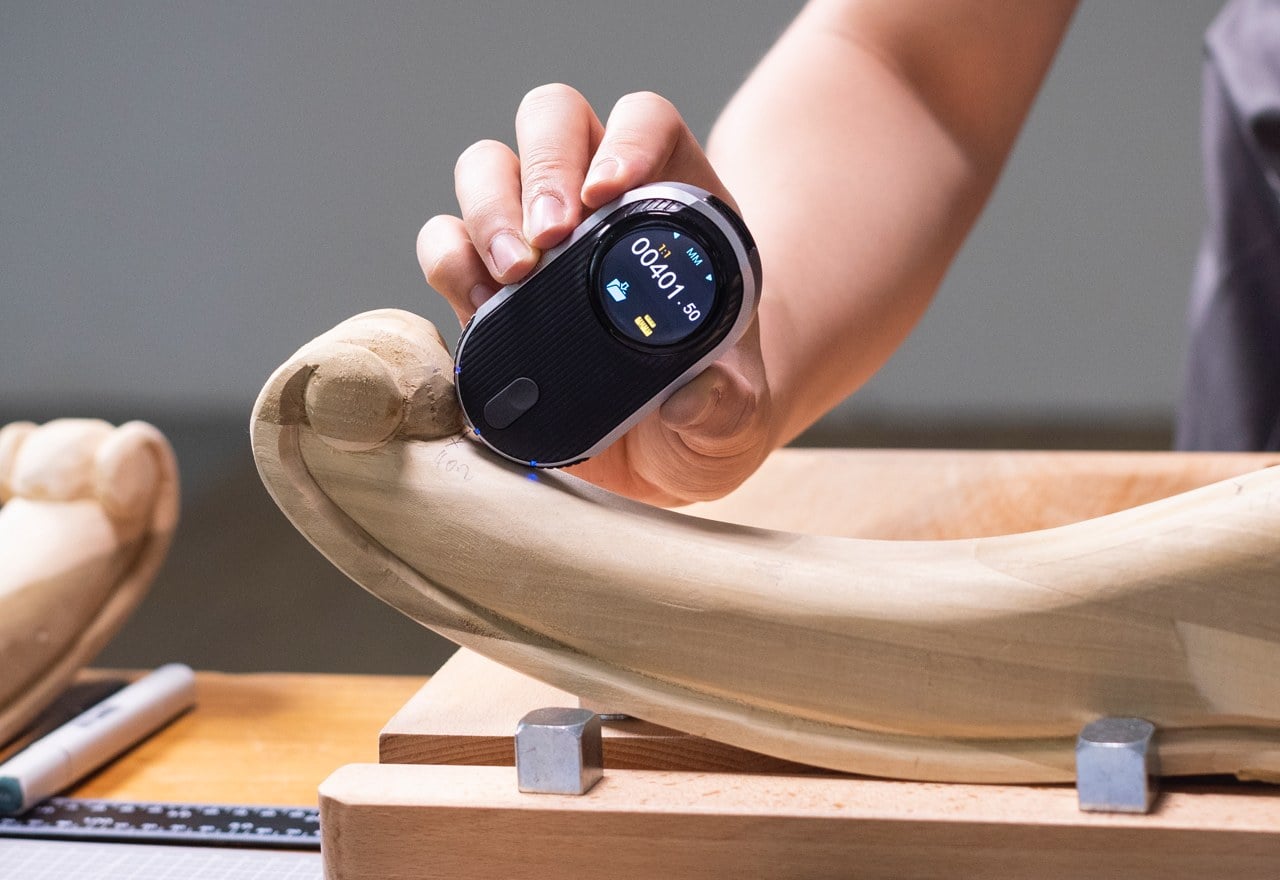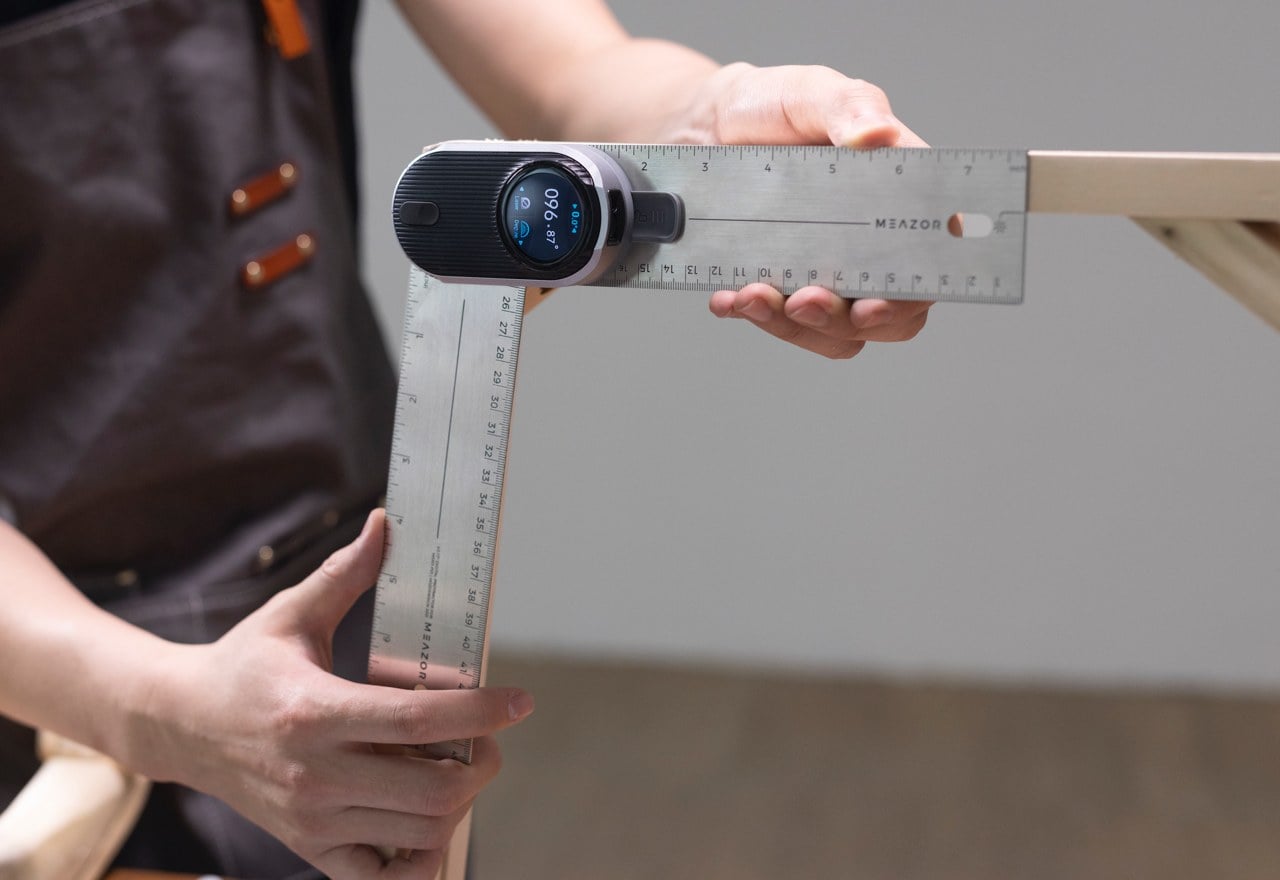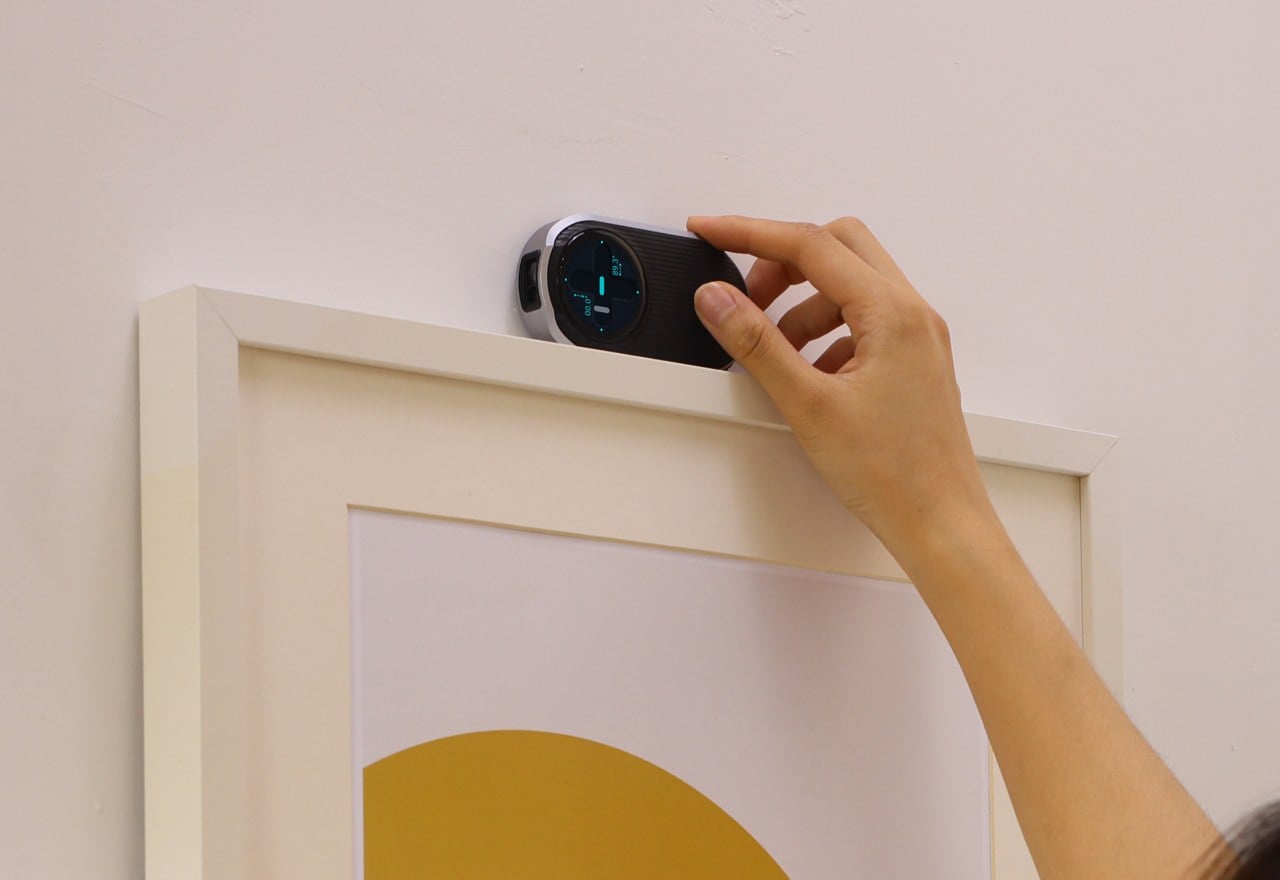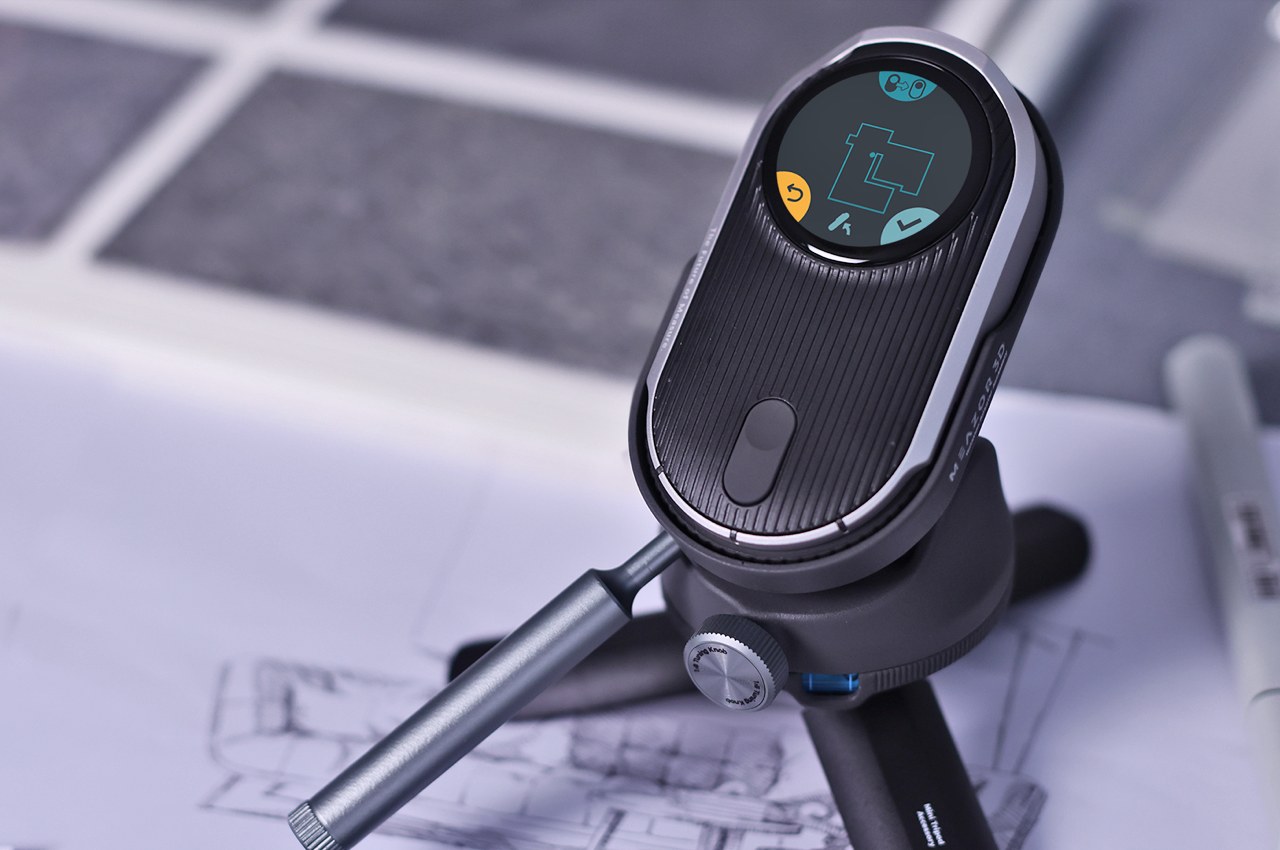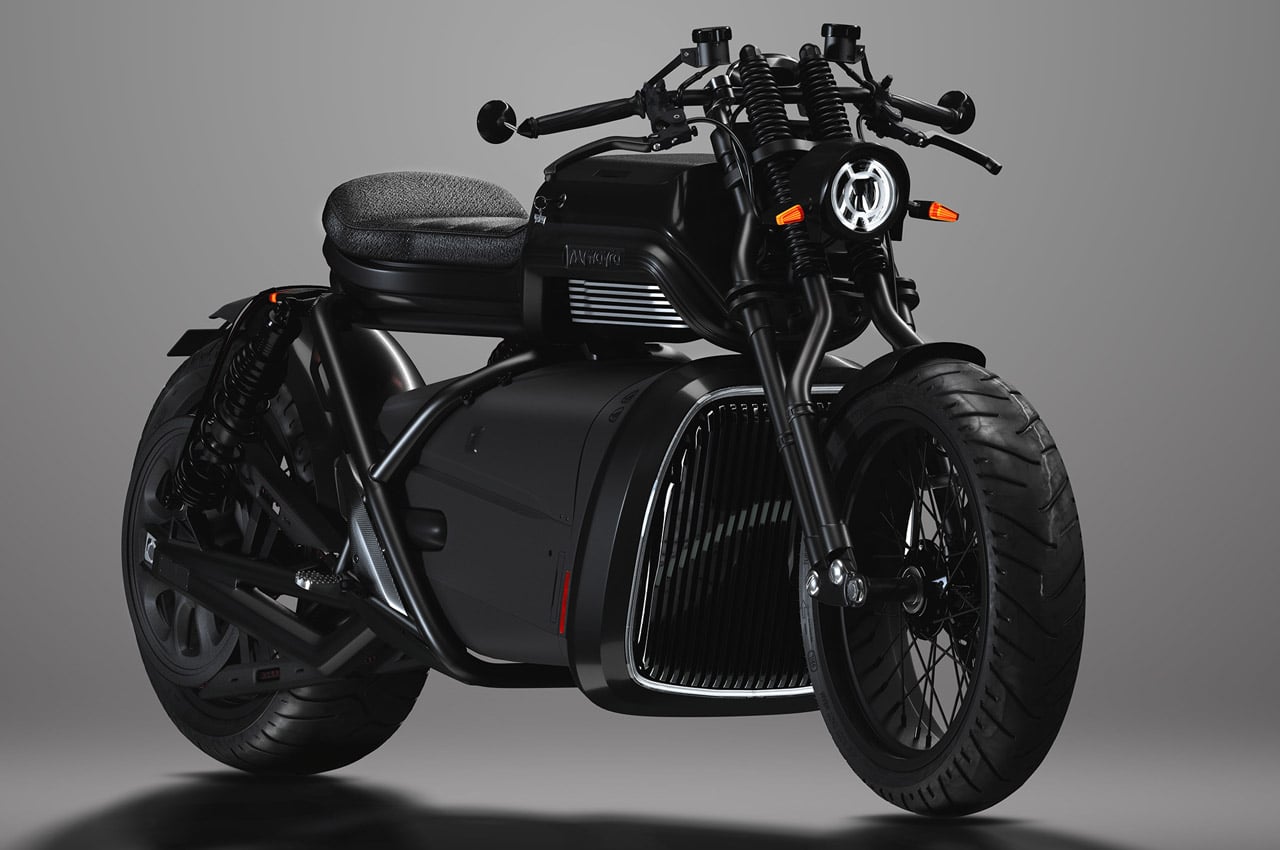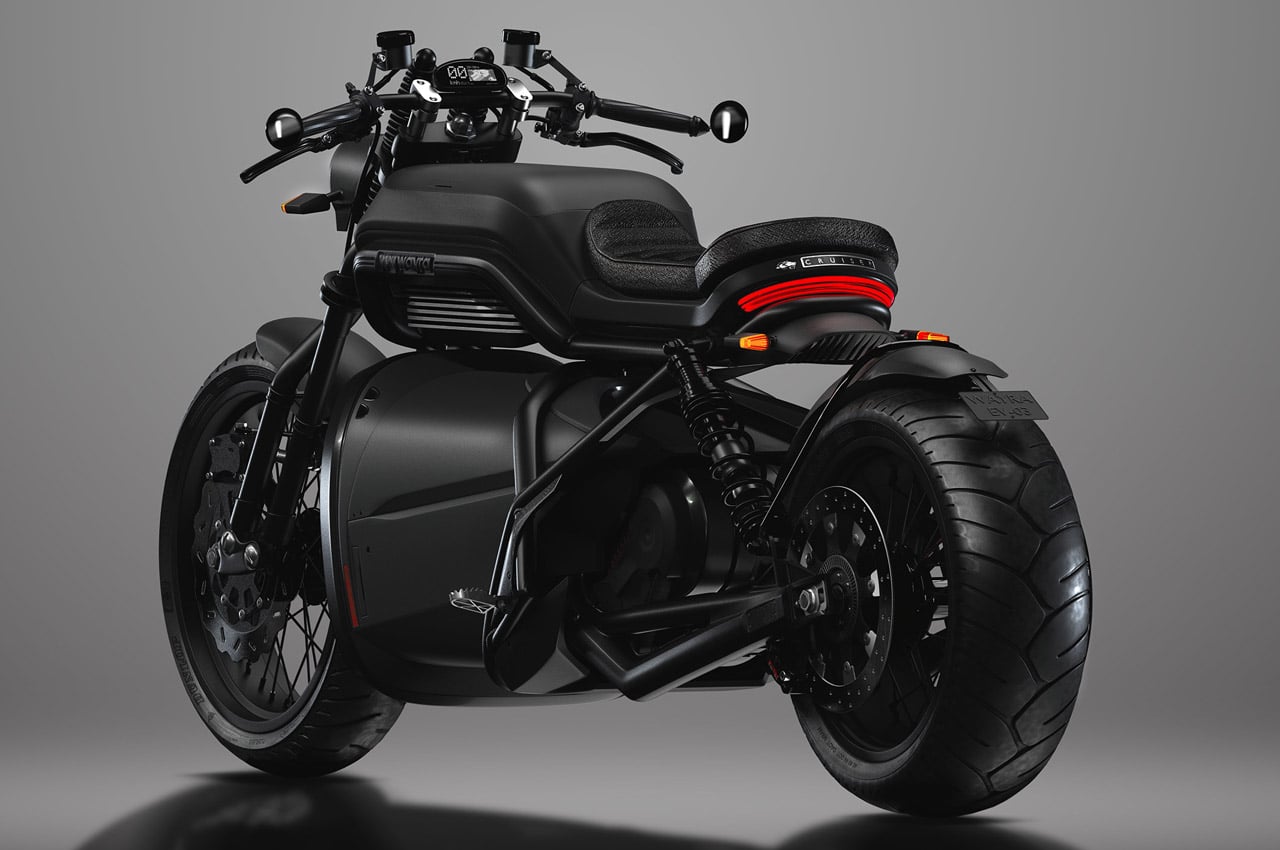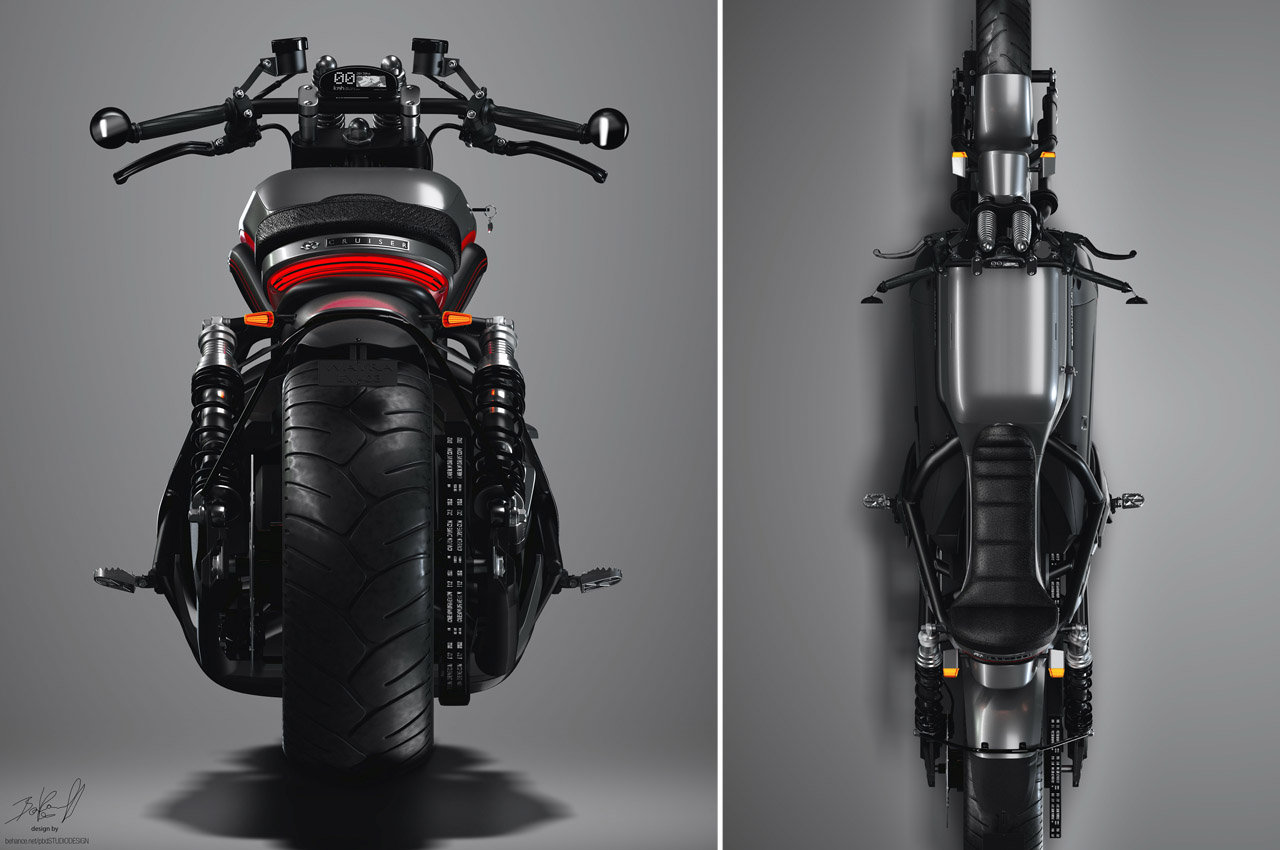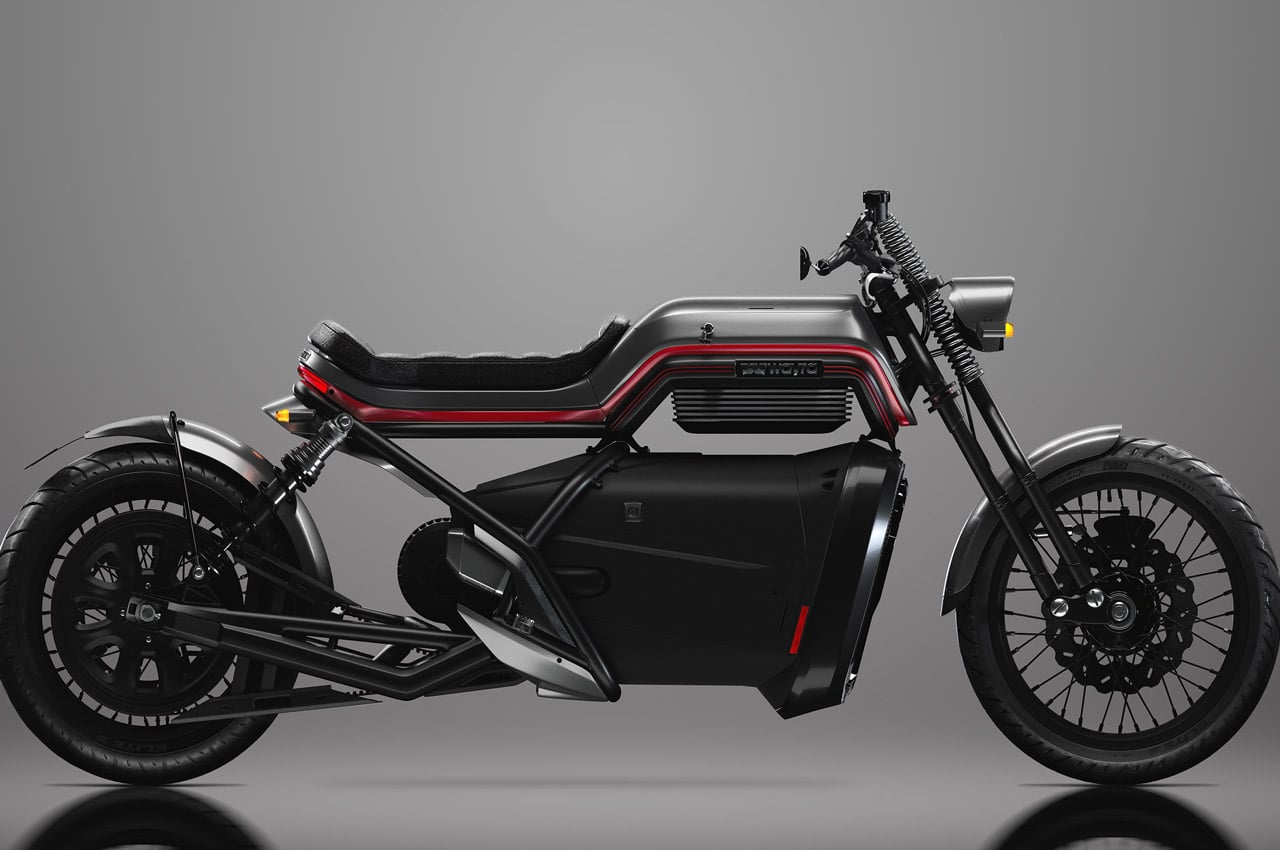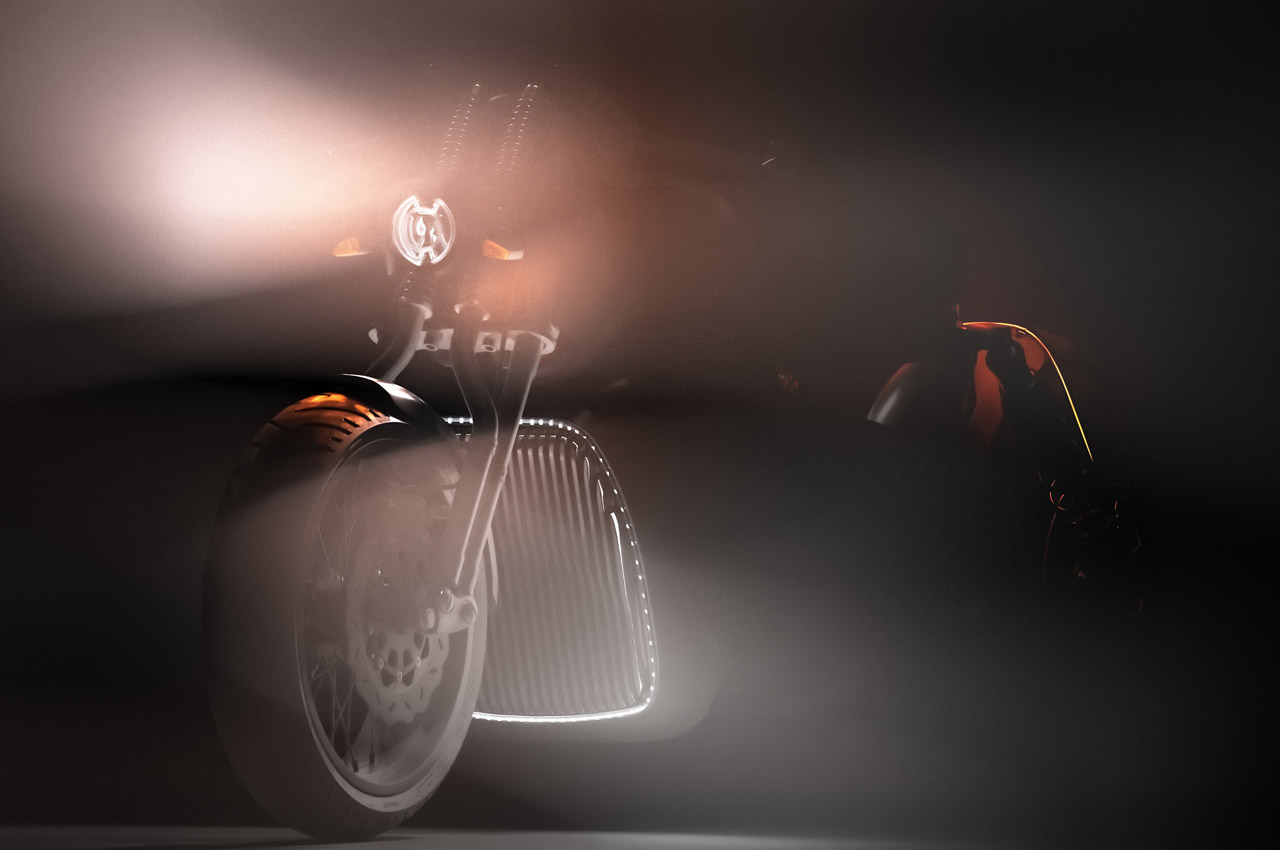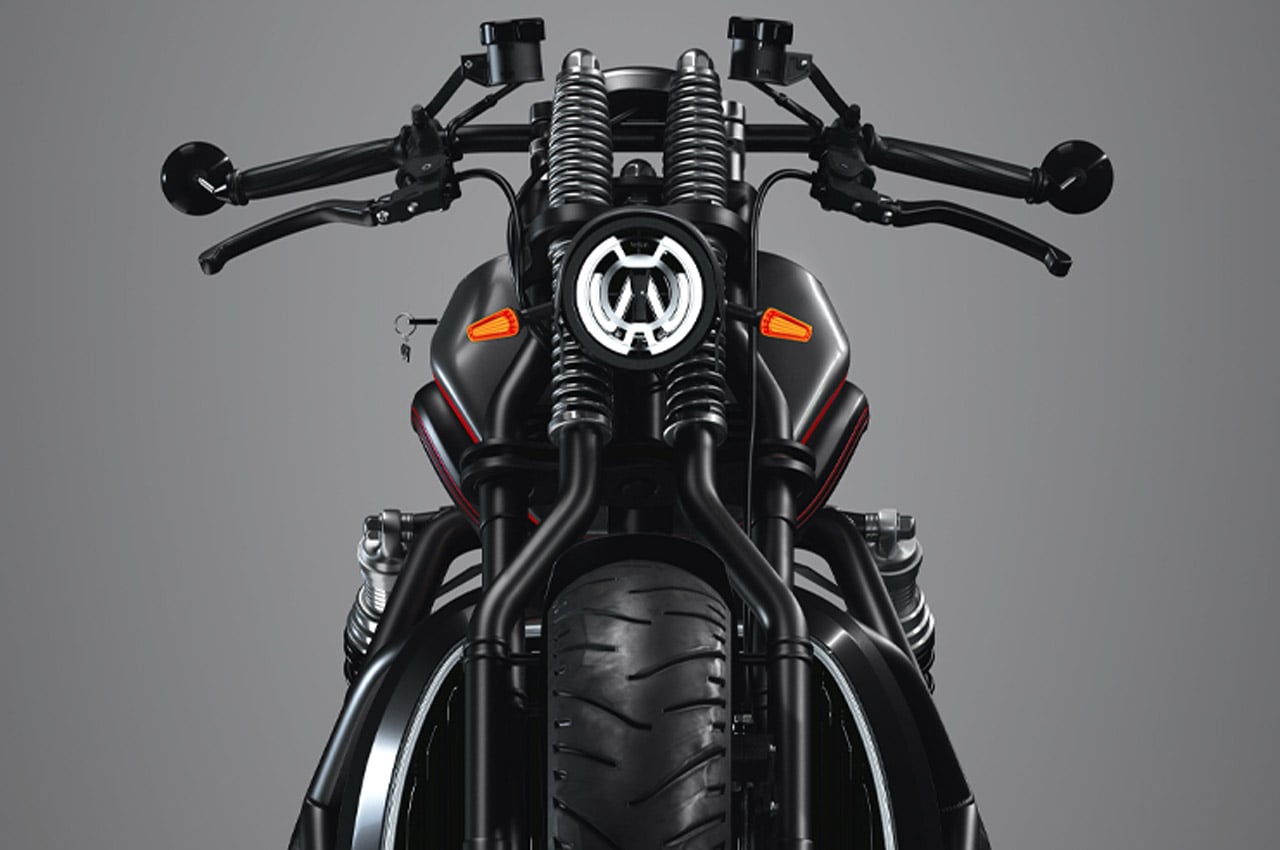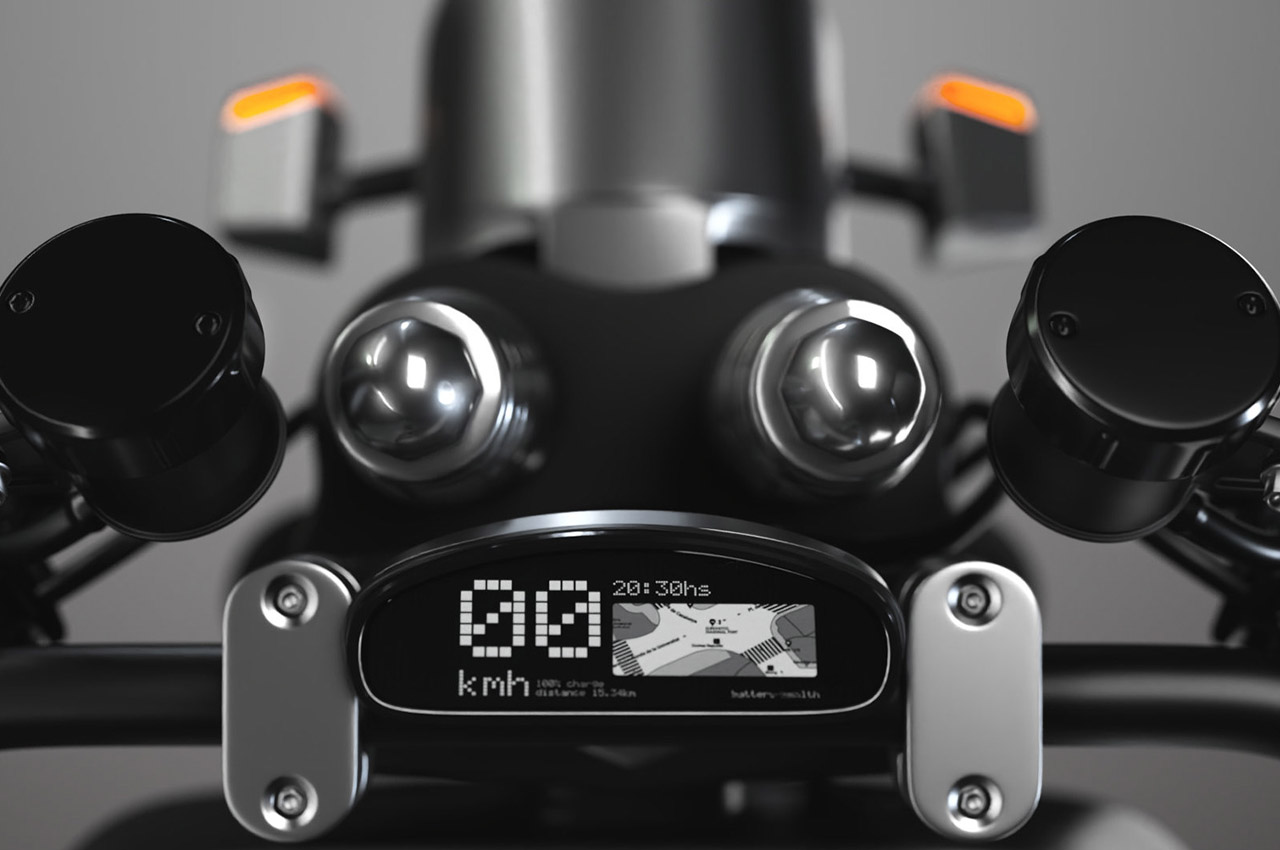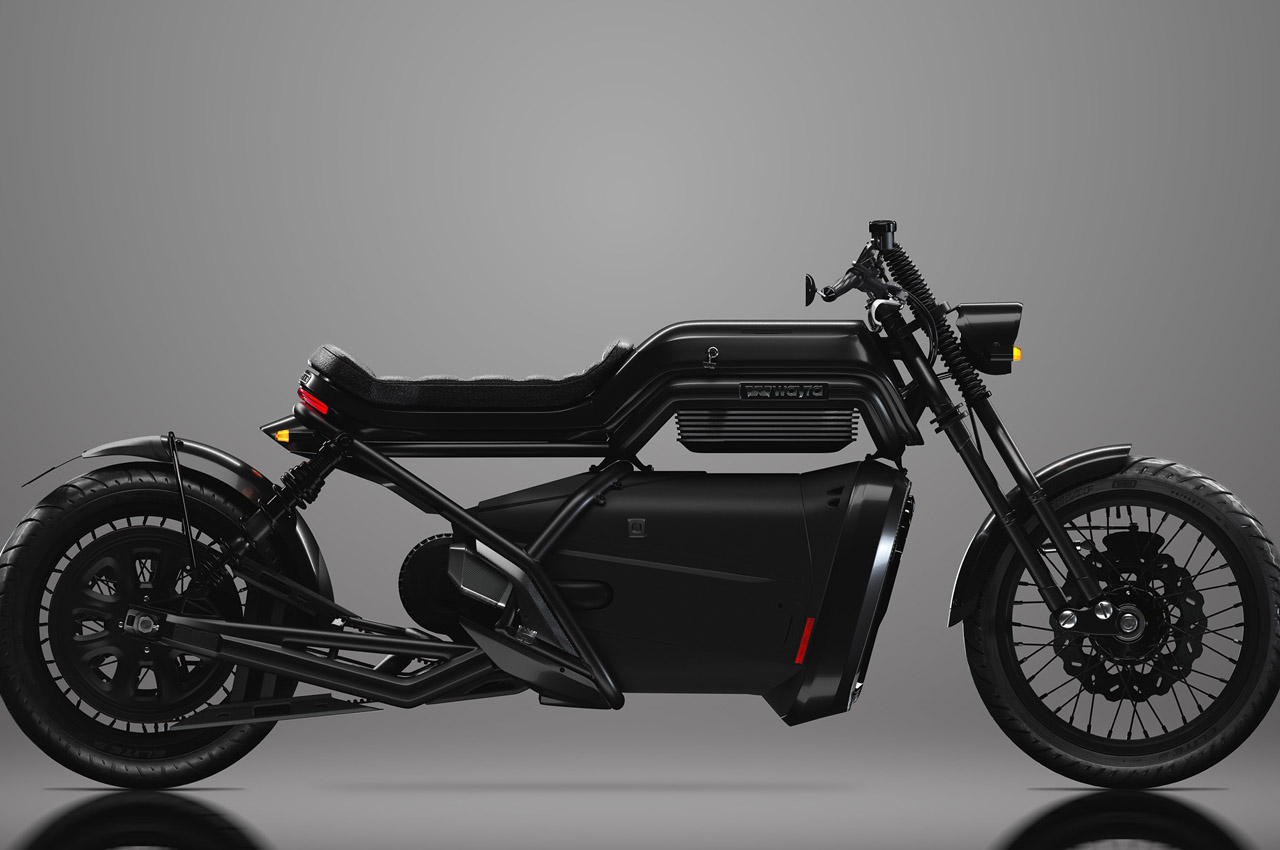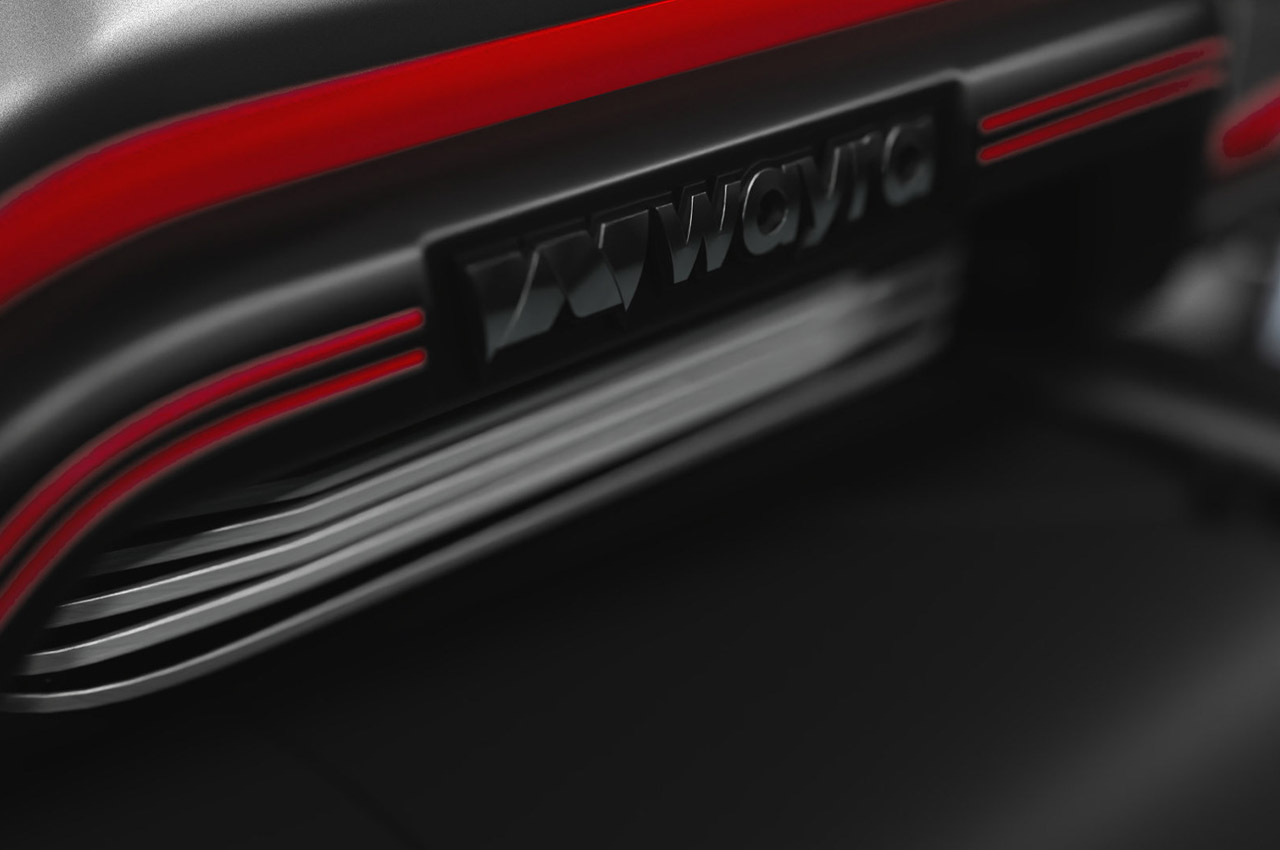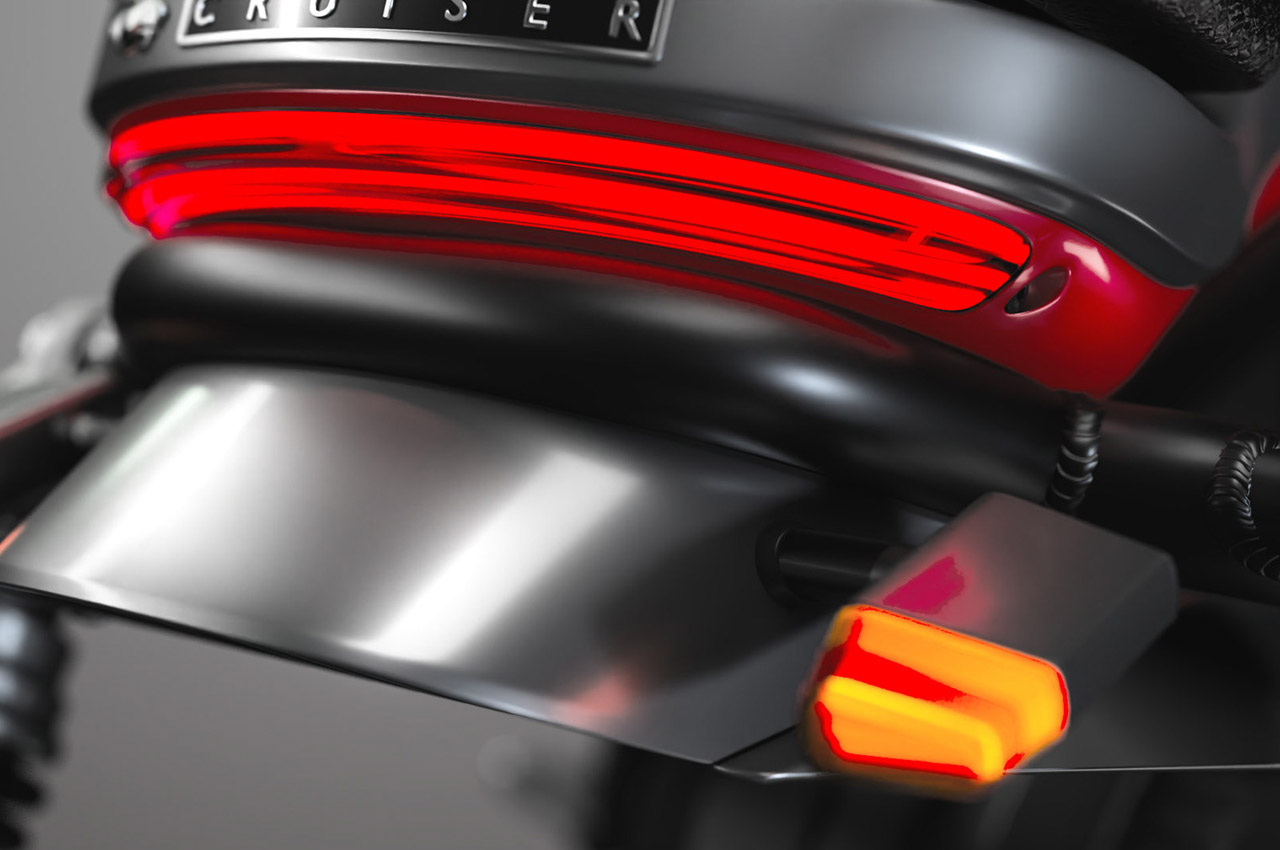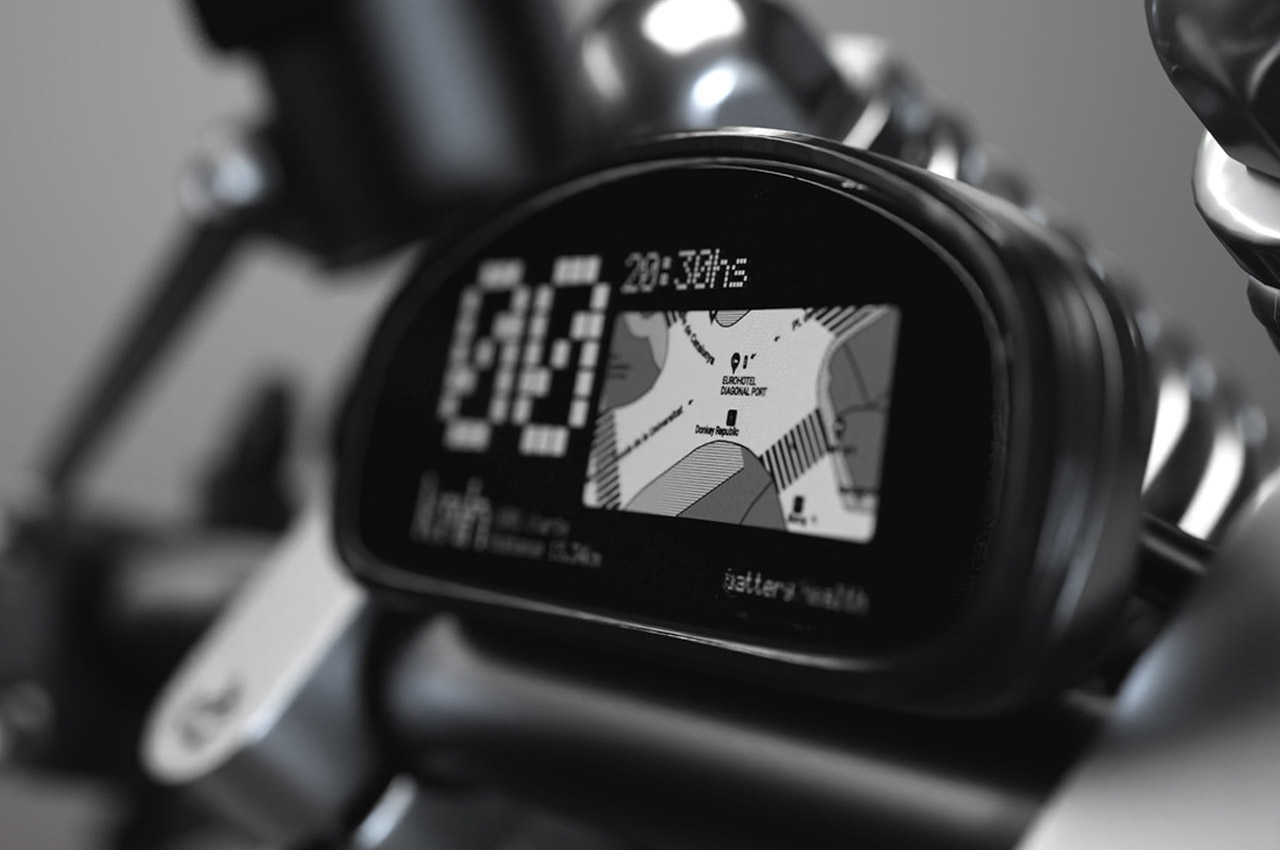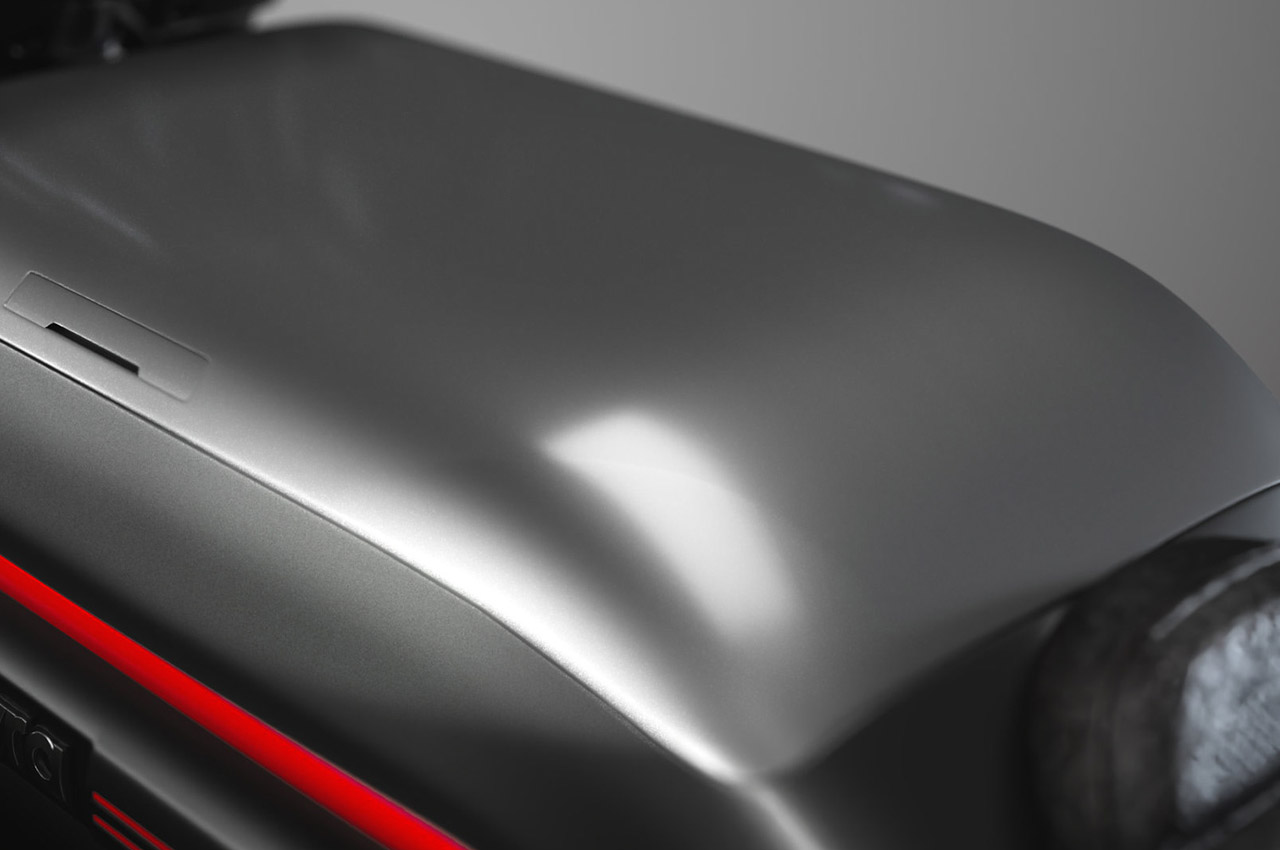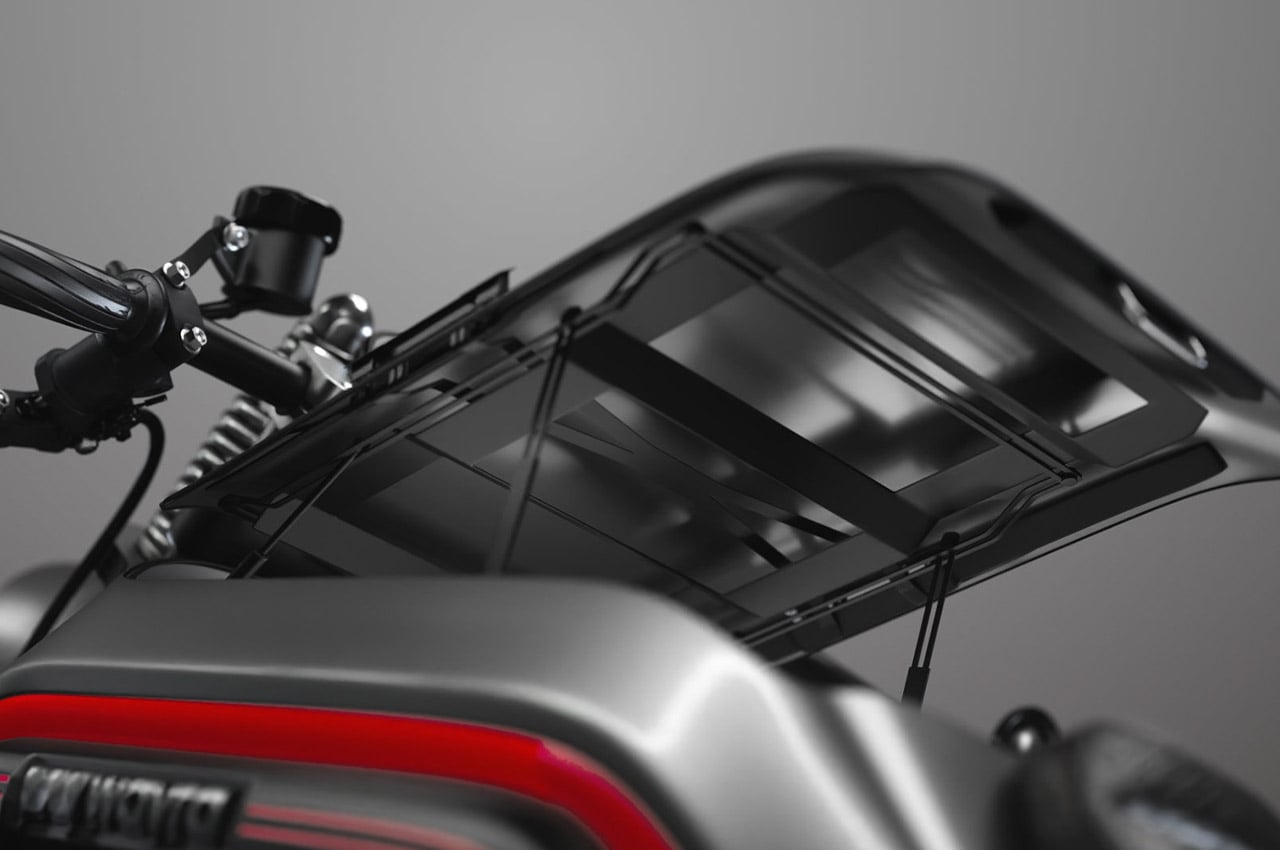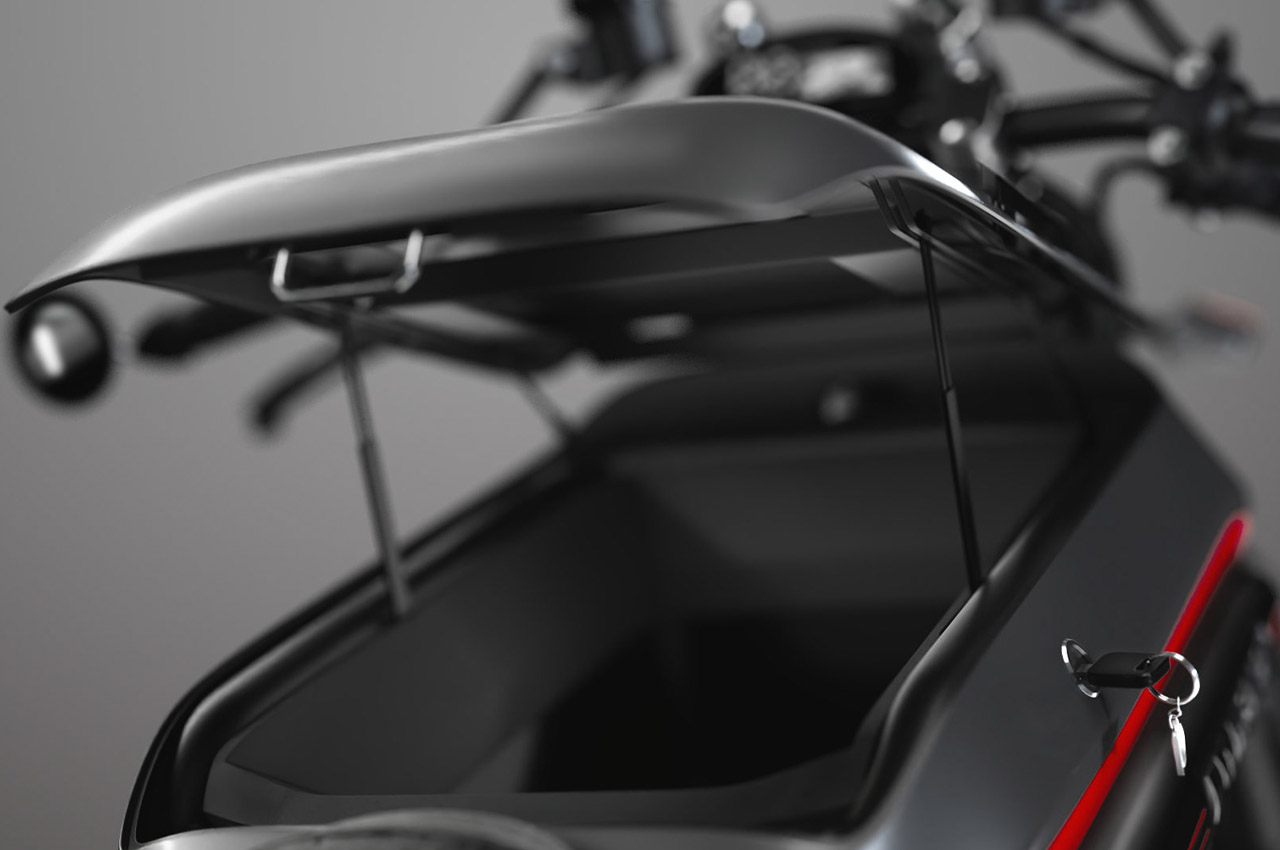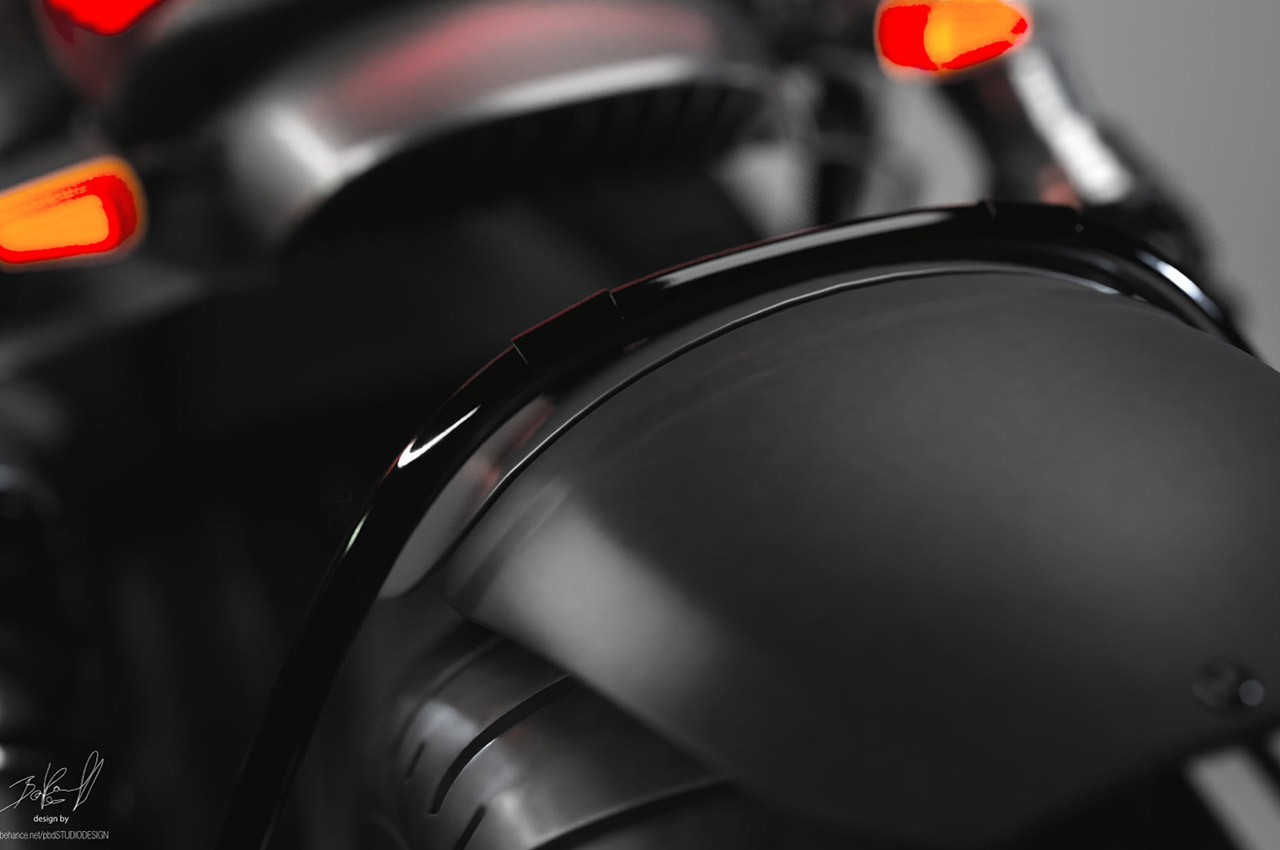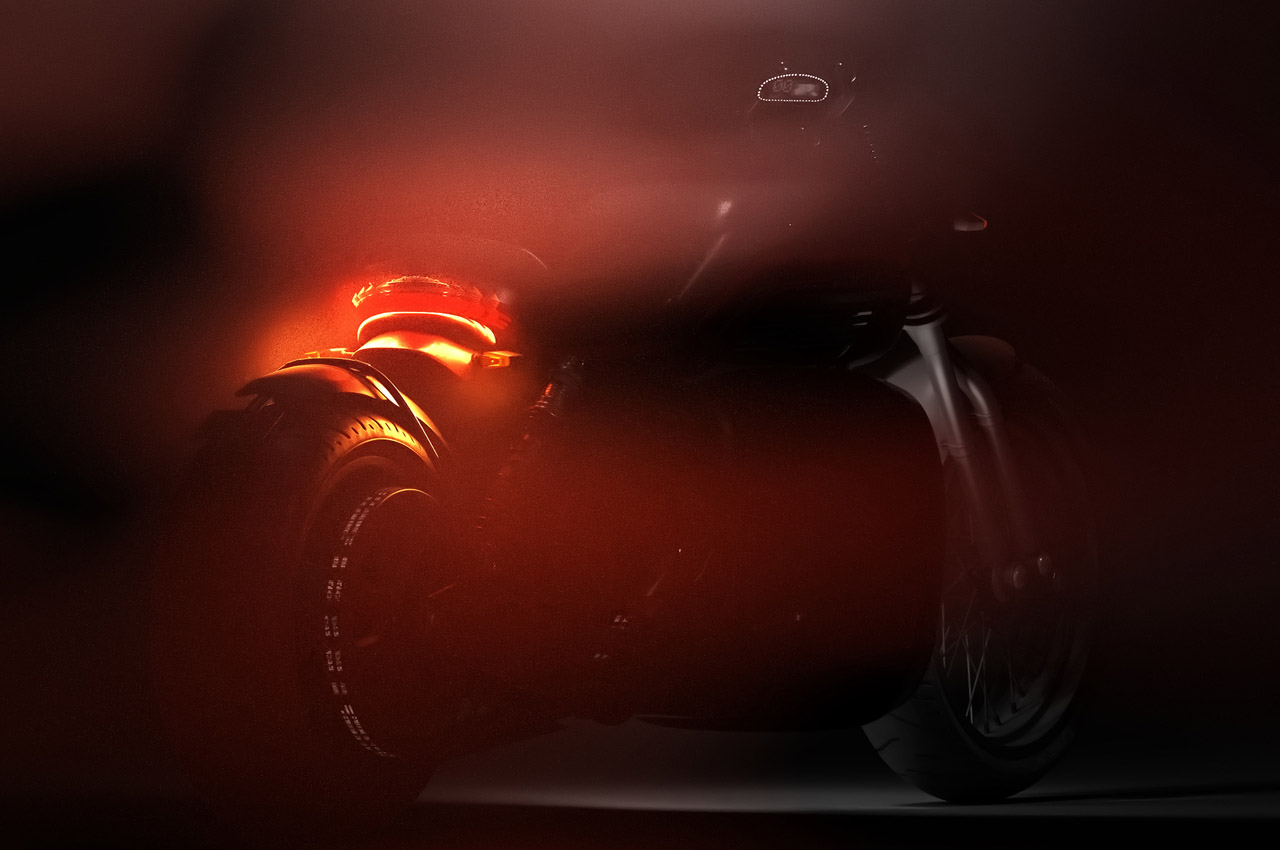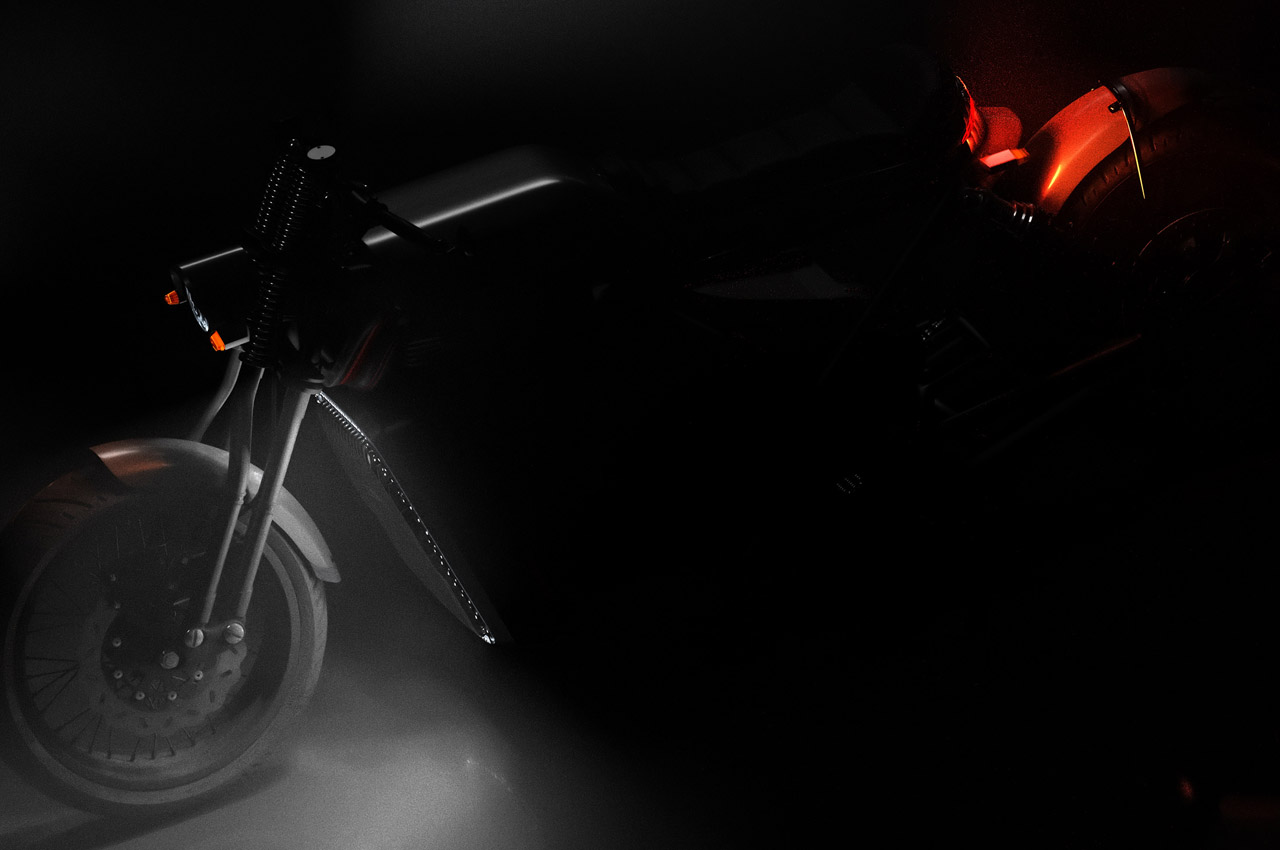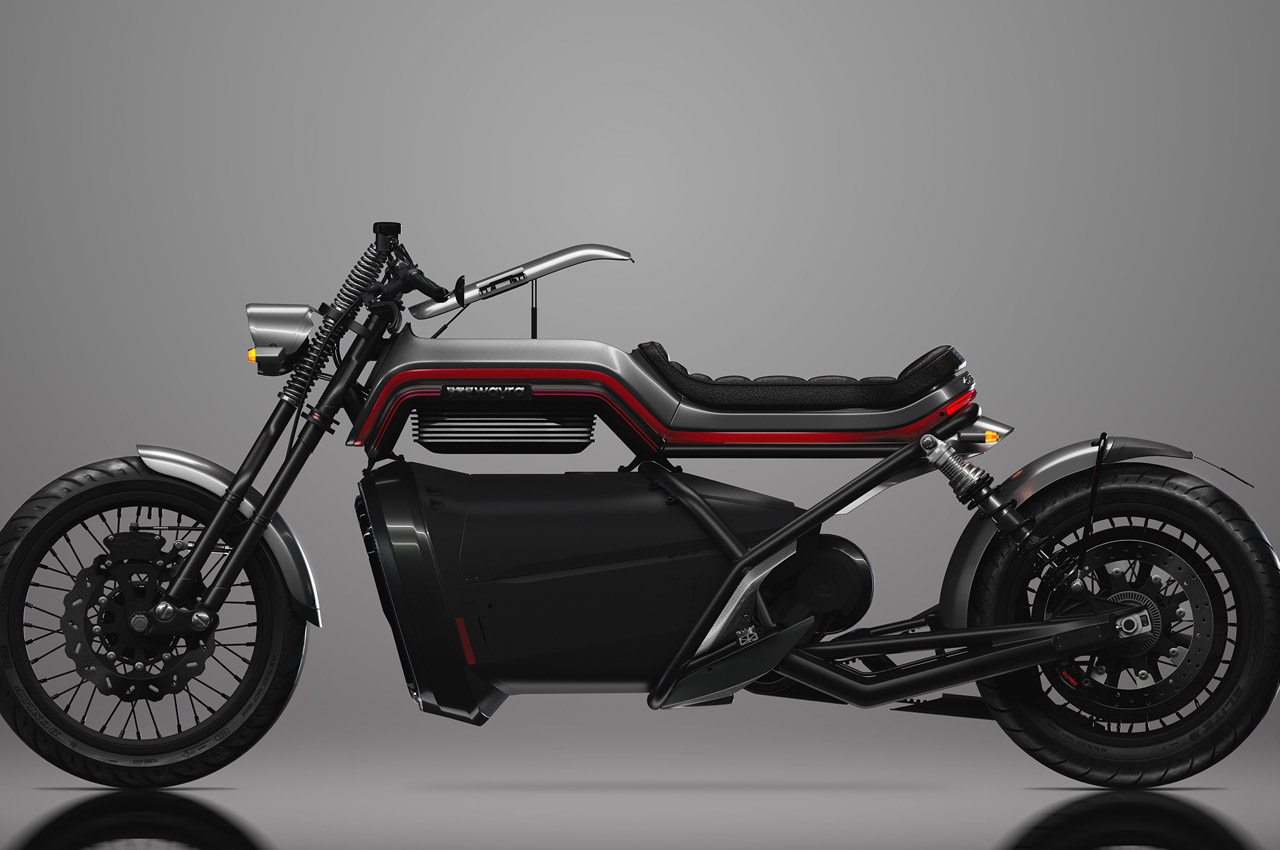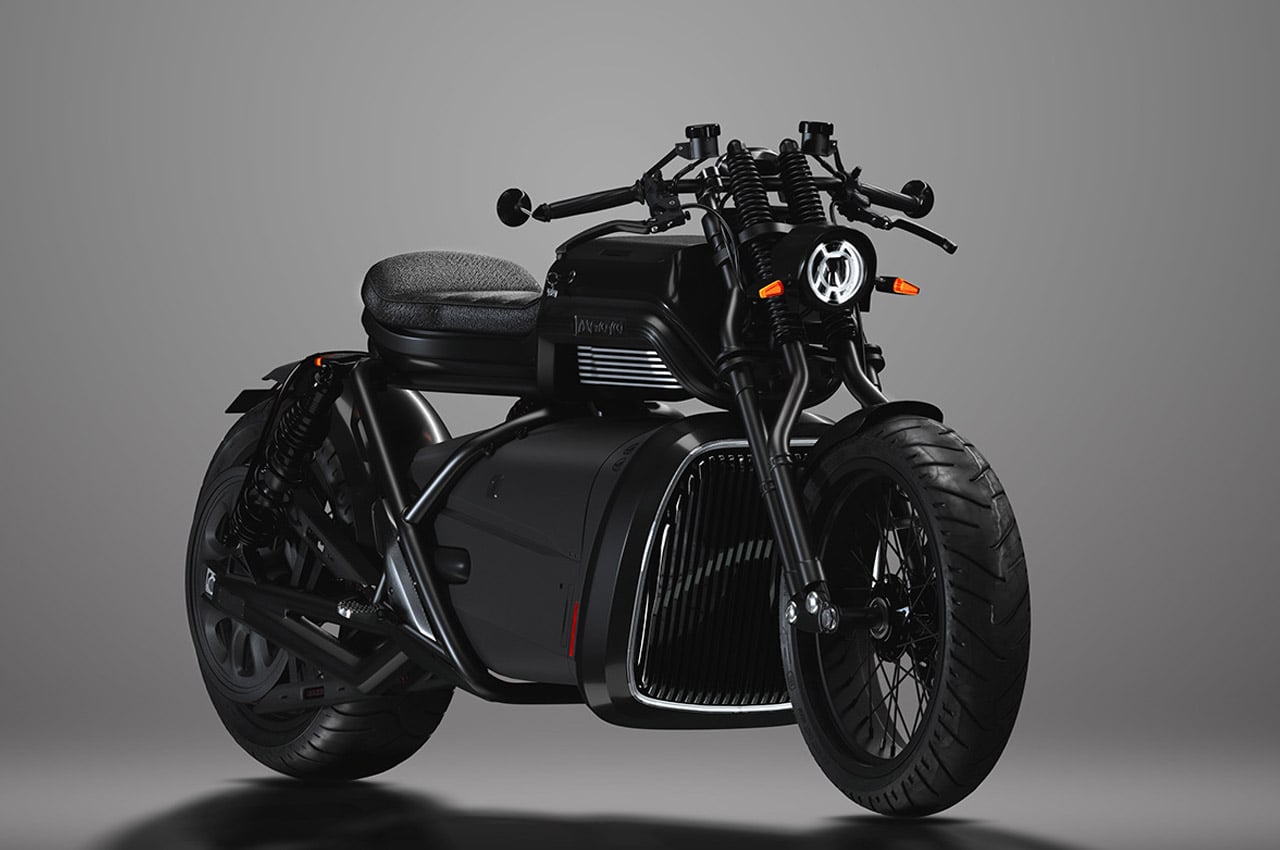The national news cycle may have largely moved on from coverage of the COVID-19 pandemic — despite, as of this writing, infections being on the rise and more than 300 deaths tallied daily from the disease. But that certainly doesn't diminish the unprecedented international response effort and warp speed development of effective vaccines.
In The Messenger: Moderna, the Vaccine, and the Business Gamble That Changed the World, veteran Wall Street Journal reporter Peter Loftus takes readers through the harrowing days of 2020 as the virus raged across the globe and biotech startup Moderna raced to create a vaccine to halt the viral rampage. The excerpt below takes place in early 2021, as the company works to adapt its treatments to slow the surging Delta variant's spread.
Reprinted by permission of Harvard Business Review Press. Excerpted from The Messenger: Moderna, the Vaccine, and the Business Gamble That Changed the World by Peter Loftus. Copyright 2022 Peter Loftus. All rights reserved.
Delta
Viruses of all types frequently change. They mutate as they jump from person to person. The coronavirus was no different. Throughout the pandemic, health officials tracked variants of the SARS CoV-2 virus first found in Wuhan, China, as those variants arose. None seemed a big concern, until one was flagged in the United Kingdom in December 2020, right as Moderna’s vaccine neared approval. This UK variant appeared to be as much as 70 percent more transmissible. It was given the name the Alpha variant.
Alpha reinforced the possibility that the virus could mutate enough to become resistant to vaccines and treatments that were designed to target the earlier, predominant strain. Or it could fizzle out. But variants would keep coming. Shortly after Alpha, researchers identified another variant circulating in South Africa. Beta.
In late December—just a few days after the United States authorized its vaccine — Moderna issued a statement that it was confident the vaccine would be effective at inducing the necessary immune response against variants. The original vaccine targeted the full length of the spike protein of the coronavirus, and the new variants appeared to have mutations in the spike protein that represented less than a 1 percent difference from the original.
“So, from what we’ve seen so far, the variants being described do not alter the ability of neutralizing antibodies elicited by vaccination to neutralize the virus,” Tal Zaks said during a virtual appearance at the all-important J.P. Morgan Healthcare Conference in January 2021. “My definition of when to get worried is either when we see real clinical data that suggest that people who’ve either been sick or have been immunized are now getting infected at significant rates with the new variants.”
Even if the vaccine proved less effective against a new variant, Moderna could use its mRNA technology to quickly tweak the design of its Covid-19 vaccine, to better target a variant of the virus, Zaks said. After all, the company and its federal health partners had already demonstrated the year before how quickly they could design, manufacture, and test a new vaccine.
Still, Moderna needed to run a series of tests to see if its original vaccine offered the same high level of protection against variants as it showed in the big Phase 3 clinical trial.
Moderna collaborated again with researchers from NIAID including Barney Graham and Kizzmekia Corbett. They analyzed blood samples taken from eight people who were vaccinated with Moderna’s shot in the Phase 1 trial back in early 2020. They essentially mixed these blood samples with the coronavirus variants, engineered so they copied the mutations of the variants but couldn’t replicate and pose a threat to lab researchers. Researchers then analyzed whether the vaccine-induced antibodies present in the human blood samples could effectively neutralize the virus variants.
The results were mixed. They suggested the vaccine worked as well against the UK Alpha variant as against the original strain of the coronavirus. That was good news. Even if the UK variant spread more easily than the original virus, Moderna’s vaccine could probably mute its effects.
But the Beta variant first identified in South Africa seemed to pose a problem. The vaccine-induced antibodies had a significantly reduced neutralization effect on this strain in the lab tests. “Oh shit,” Bancel said when Stephen Hoge showed him the data. It wouldn’t be the last time. Moderna’s leaders saw the data on a Friday in late January 2021 and spent the weekend discussing it. They hoped that a modified, variant- targeted vaccine wouldn’t be needed, and that Moderna’s original vaccine would suffice, even if it had a reduced neutralizing effect. But Moderna didn’t want to be caught flat-footed if a variant-specific booster was needed.
They decided by the next Monday it was time to take action. They would develop a new version of the vaccine, one that more closely matched the mutations seen in the strain that circulated in South Africa, and which could potentially be given as a booster shot to better protect people who had gotten the original vaccine.
“It really highlights the fact that we need to continue to stay vigilant,” Moderna’s president, Stephen Hoge, said. “This virus is evolving, it’s changing its stripes. And we need to keep testing the new variants, and make sure the vaccine works against them.”
Moderna repeated the steps it took a year earlier: it quickly designed a new variant vaccine and manufactured an initial batch for human testing, shipping it to NIAID in late February, a year to the day after it had shipped the original batch of the original vaccine. The new batch was called mRNA-1273.351, appending the “351” because researchers initially called the variant seen in South Africa “B.1.351.”
“Moderna is going to keep chasing the variants until the pandemic is under control,” Bancel said that day.
Moderna also developed other plans to test. It would try a third dose of its original vaccine, given several months after the second dose, to see if that booster shot would protect against variants. It would also develop a combined vaccine that targeted both the original strain and the Beta strain.
Once again, volunteers stepped up to test these various approaches. Neal Browning, the Microsoft engineer who was the second person to get Moderna’s vaccine, showed up once again to volunteer. In the intervening year, he had gotten married, in a small outdoor ceremony to minimize Covid risk. Now he received a third dose of the Moderna vaccine. He felt tenderness at the injection site and a low-grade fever and chills, but the symptoms went away after several hours. He continued to visit the research site to give blood samples to be analyzed for immune responses.
By early May, Moderna had some answers. It gave booster shots — either the original vaccine or the Beta variant – targeting vaccine — to people about six to eight months after they had been vaccinated with two doses of the original vaccine. The company found that in the new analysis, both types of booster shots increased neutralizing antibodies against the Beta variant. And they increased antibodies against a related variant that had been detected in Brazil. But the newer version of the vaccine that targeted Beta induced a stronger immune response against the Beta variant than the booster shot of Moderna’s original vaccine.
At the time, Moderna’s plan was to continue testing the different booster approaches, with an eye toward possibly getting government approval to sell the booster shot that specifically targeted the Beta variant. But it didn’t seem particularly urgent. The existing mass vaccination campaign was making good progress at the time.
Then, with the virus on the retreat in the United States, scientists discovered a new variant driving an alarming surge in India. This variant had already jumped to other countries, including the United States. Initially, it was code-named B.1.617.2. It was even more contagious than the Alpha variant and there were fears that it could evade vaccines. This was the Delta variant.
The previous winter the hope provided by vaccines was juxtaposed with the deadliest virus surge in the United States. Again, in early summer 2021, the lifting of mask mandates and reopening of public life was bringing great hope and a sense of relief. And again, this would be juxtaposed with public-health officials sounding the alarm about the Delta variant. It could become the dominant strain of the virus in the United States, they said. The best way to stop its spread, officials said, was to get more people vaccinated, with any of the three vaccines available.
By mid-June, about 55 percent of the US adult population was fully vaccinated, which was good but still left many people exposed to the new Delta variant that spread much more easily than earlier strains. And there were clear geographic vulnerabilities. The Northeast United States had higher vaccination rates than the national average, particularly in some New England states, like Vermont with its 62 percent vaccination rate. But in the South the numbers were much lower in states like Alabama, where only 30 percent were fully vaccinated.
The high proportions of unvaccinated people in those places would serve as a breeding ground for Delta. And the more the variant spread, the more it could mutate into more variants.
By late July, the effects of an ill-fated combination — stubbornly low vaccination rates in some regions, the winding down of masking and distancing, and a rapidly spreading Delta strain—were clearer. Infections, hospitalizations, and deaths were climbing again, especially in open states like Florida, which suffered one of the highest rates of Covid-19 hospitalizations, and low-vaccinated states.
Doctors and nurses who thought they had put the worst of the pandemic behind them were once again scrambling to treat severely ill Covid-19 patients in intensive-care units. By the end of August, the United States was averaging about fifteen hundred Covid-19 deaths a day, versus fewer than two hundred in early July. Nearly all of the patients who ended up in the ICU were unvaccinated.
Some vaccinated people were beginning to test positive for Covid-19, too — commonly called “breakthrough” cases—and a few progressed to severe cases. The vaccines, after all, weren’t 100 percent effective in the clinical trials, either. A small percentage of vaccinated people in the studies got sick with Covid. But it was becoming clear that the vaccines weren’t entirely blocking transmission of the virus or stopping asymptomatic infections, as initially hoped.
Vaccinated people were better protected than unvaccinated people, even when Delta took over. In states like Massachusetts, less than 1 percent of fully vaccinated people in the state had tested positive for Covid-19 by the fall of 2021. Other analysis showed that people who weren’t fully vaccinated were nearly five times more likely to get infected, ten times more likely to be hospitalized and eleven times more likely to die from Covid than fully vaccinated people.
But Delta reminded people, or made them understand for the first time, that the vaccines weren’t bullet-proof. New indoor mask mandates were imposed, including at schools, where educators just weeks earlier had been eager for the first normal back-to-school season in two years. No vaccine was yet authorized for children under twelve (both Moderna and Pfizer were studying that population), raising concerns that Delta would spread rapidly among them as they gathered in classrooms.
By the end of the summer, people wondered if the pandemic would ever end. Some started talking about the coronavirus as endemic, not a pandemic.
And a big slice of America was still saying “No thanks” to the vaccine.






